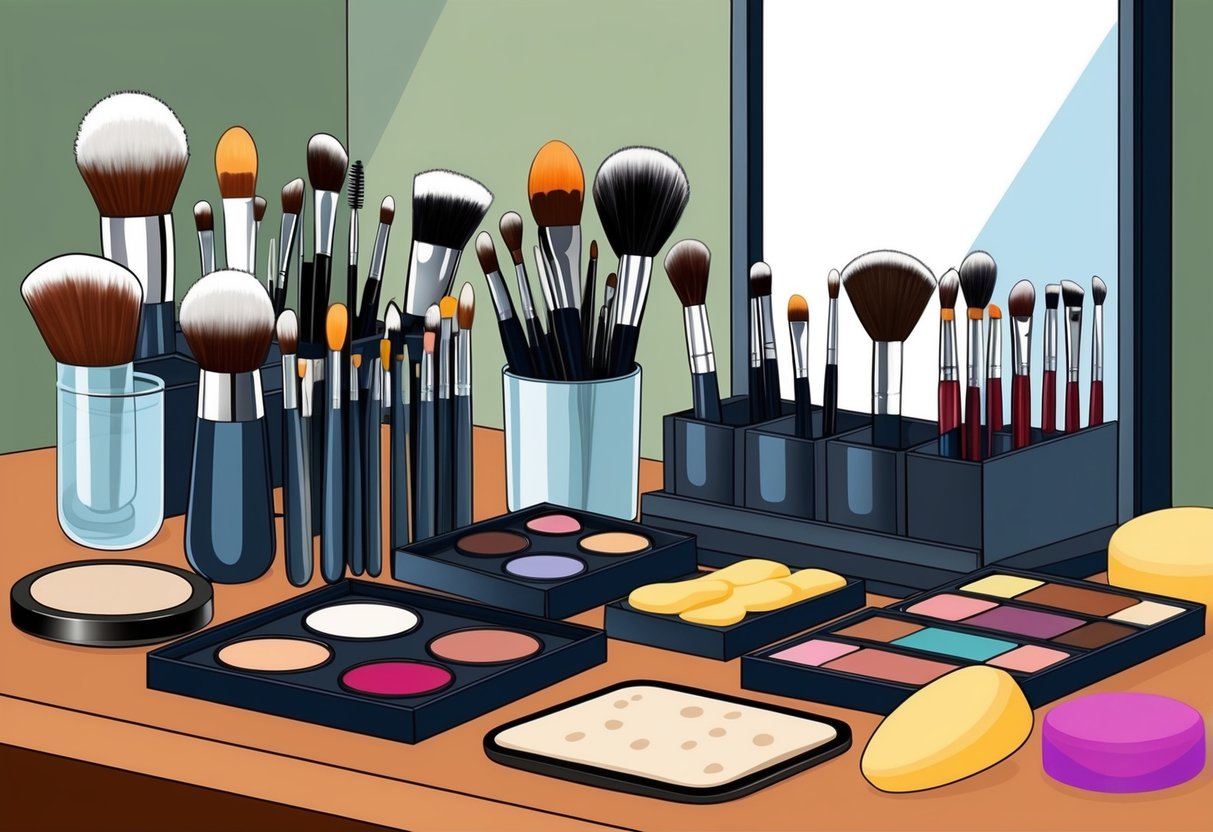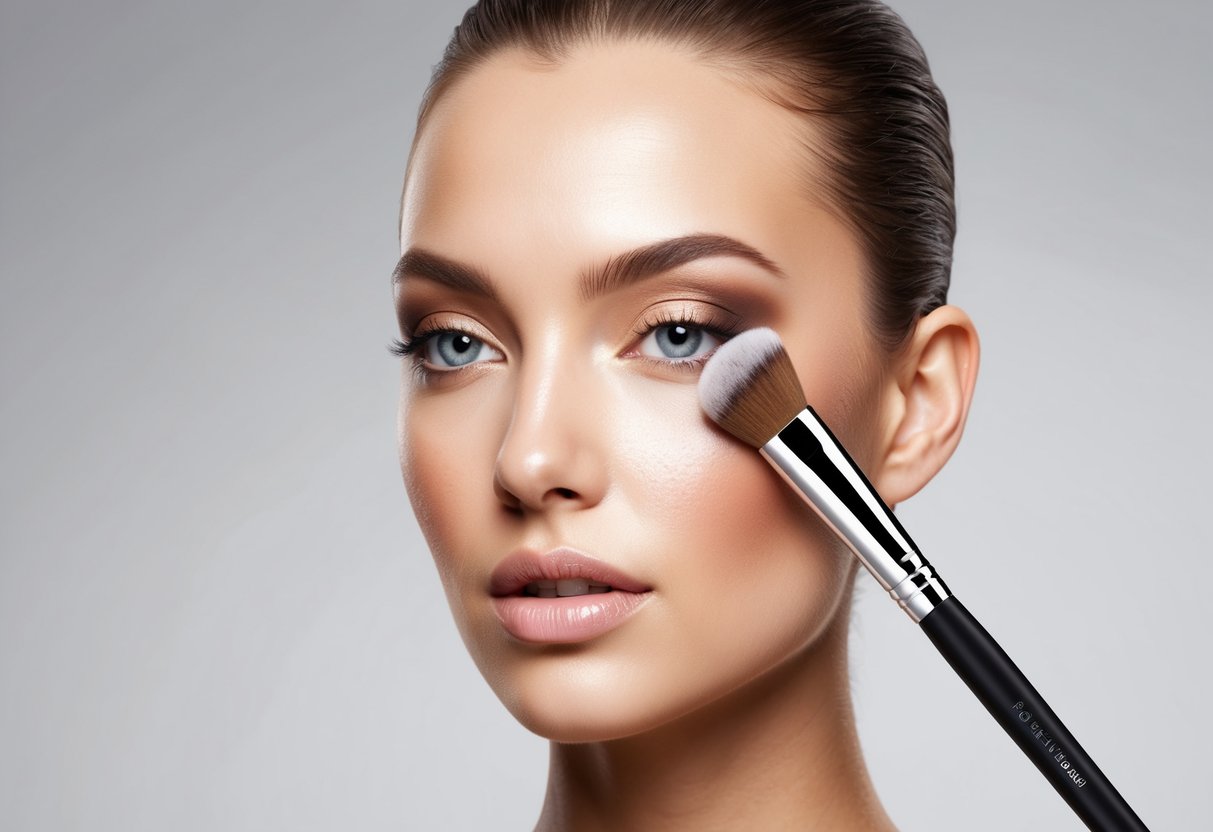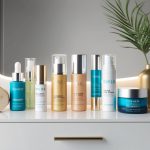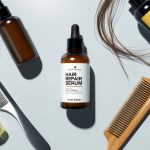Flawless Makeup Application: Proven Techniques for a Long-Lasting, Smooth Finish
Creating a Smooth, Seamless Finish
Achieving a flawless makeup application involves mastering techniques that minimize caking, create a seamless finish, and deliver either a natural or full-coverage look. Focusing on skin preparation and strategic blending can make foundation appear smooth and long-lasting.
Blending Techniques for Flawlessness
Blending is the most critical step for a seamless finish. Using clean tools—such as a damp beauty sponge or soft foundation brush—ensures even product distribution and prevents streaking.
Patting motions help press foundation into the skin, avoiding harsh lines. Layering in thin, buildable layers gives more control and helps avoid caking.
Applying foundation from the center of the face and blending outward ensures coverage concentrates where needed most. Blending around the jawline and hairline prevents visible lines of demarcation.
Repeatedly blending with a clean sponge after foundation and concealer can further refine the finish and enhance the skin’s natural texture.
Achieving a Natural or Full-Coverage Look
To achieve a natural finish, start with lightweight, hydrating formulas. Applying moisturizer and primer first can help the foundation glide on smoothly and last longer, as recommended by several experts and brands like Clinique in their foundation application tips.
Build coverage gradually, focusing on areas with redness or imperfections, rather than masking the entire face. For a full-coverage look, choose a long-wearing, high-pigment foundation and blend small amounts at a time to avoid caking.
Using a stippling brush or sponge with tapping motions helps achieve an even, flawless surface. Set the look lightly with powder only where needed to maintain smoothness and avoid muddiness.
Setting Makeup for Long-Lasting Wear

Longevity and a smooth finish depend on how makeup is set after application. Products like setting powder and setting spray each contribute unique benefits, ensuring makeup stays intact throughout the day.
Using Setting Powder for Oil Control
Setting powder is crucial for those with oily or combination skin, as it absorbs excess oil and reduces shine. A finely milled translucent powder can be applied with a large, fluffy brush to lock foundation and concealer in place.
For targeted oil control, pressing powder into the T-zone with a puff provides extra staying power. Blotting paper is another helpful touch-up tool for absorbing oil mid-day without disturbing the makeup underneath.
Using setting powder helps prevent makeup from separating or caking, especially in areas prone to creasing. Powder should be applied sparingly to avoid a heavy look and maintain a natural, smooth finish.
See more tips for flawless foundation and oil control at The Beauty Blotter.
Applying Setting Spray for Staying Power
Setting spray forms a lightweight, invisible layer over makeup, helping to hold everything together and increase its staying power. It can minimize a powdery look and refresh the skin throughout the day.
Setting sprays are suitable for all skin types, including dry skin, where powders might emphasize texture. To apply, hold the bottle about 8–12 inches from the face and mist lightly in an “X” and “T” motion.
This allows for even distribution without oversaturation. For extra long-lasting results, it is useful to combine setting spray with powder.
For more professional makeup longevity techniques, visit Into The Gloss.
Enhancing Facial Features

Accentuating natural facial structure can create a polished and long-lasting makeup finish. Strategic product placement, especially with contour, highlighter, and blush, helps define bone structure while maintaining a smooth, flawless look.
Contouring and Highlighting
Contouring uses products, usually in cool or neutral tones, to create natural-looking shadows. By applying contour under cheekbones, along the jawline, and near the hairline, the face gains added dimension and structure.
Using a matte powder or creamy formula depends on skin type—creams blend seamlessly for dry skin, while powders suit oily complexions. Highlighting, on the other hand, brings forward the high points of the face.
Apply a luminous highlighter or a brightening concealer to the tops of the cheekbones, bridge of the nose, center of the forehead, and the cupid’s bow. This technique enhances radiance and gives the skin a healthy glow.
For long-wearing results, layering a cream highlighter under a powder formulation can provide extra staying power. For detailed steps, see professional tips for flawless makeup application.
Key Contour & Highlight Tips:
- Use an angled brush for precision.
- Blend thoroughly to avoid harsh lines.
- Opt for buildable pigment to control intensity.
Adding Blush for Dimension
Blush instantly lifts the complexion and creates a youthful, fresh-faced effect. Choosing the right shade can flatter any skin tone—rosy hues for fair skin, peach or apricot for medium skin, and berry or plum for deeper complexions.
For application, smile gently and place blush on the apples of the cheeks, sweeping it slightly upward and outward toward the temples. This technique sculpts the face and adds warmth.
For a natural look, cream blushes melt into the skin, while powders give a more defined appearance. Blending is crucial to ensure the transition between blush, contour, and highlight remains seamless.
Layer blush lightly and build coverage as needed to avoid over-applying. Those seeking longevity may set cream blush with a powder blush for extended wear, as suggested in step-by-step makeup guides.



